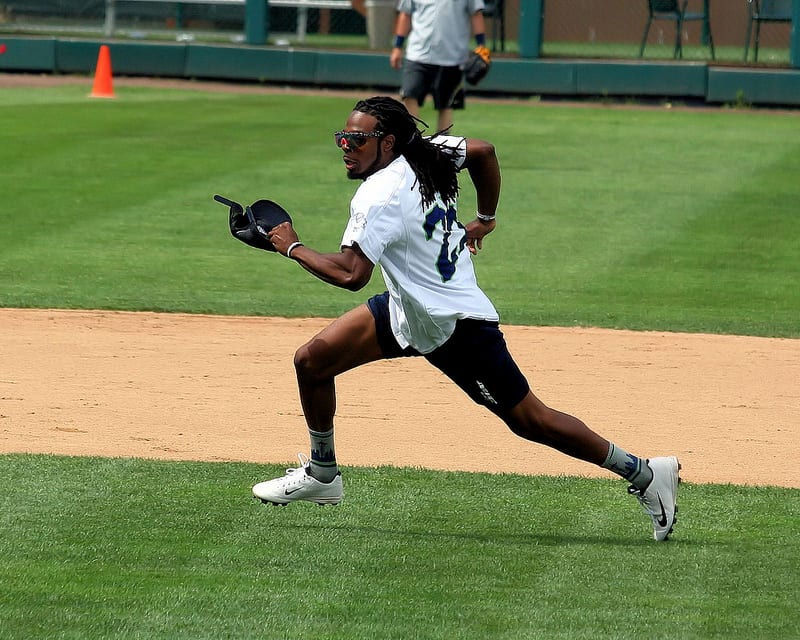by Neil Horowitz – February 2014 Before the days of social media, the frequency and avenues of touch points between brands and consumers, and teams and fans, were few and far between. Beyond media broadcasts and ads, team slogans printed, and in-venue experiences, the concept of building a brand and using it to develop fans…Continue Reading How Can Teams Use Social Media To Build Brand, Develop Fans & Tell Their Story?
How Can Teams Use Social Media To Build Brand, Develop Fans & Tell Their Story?







